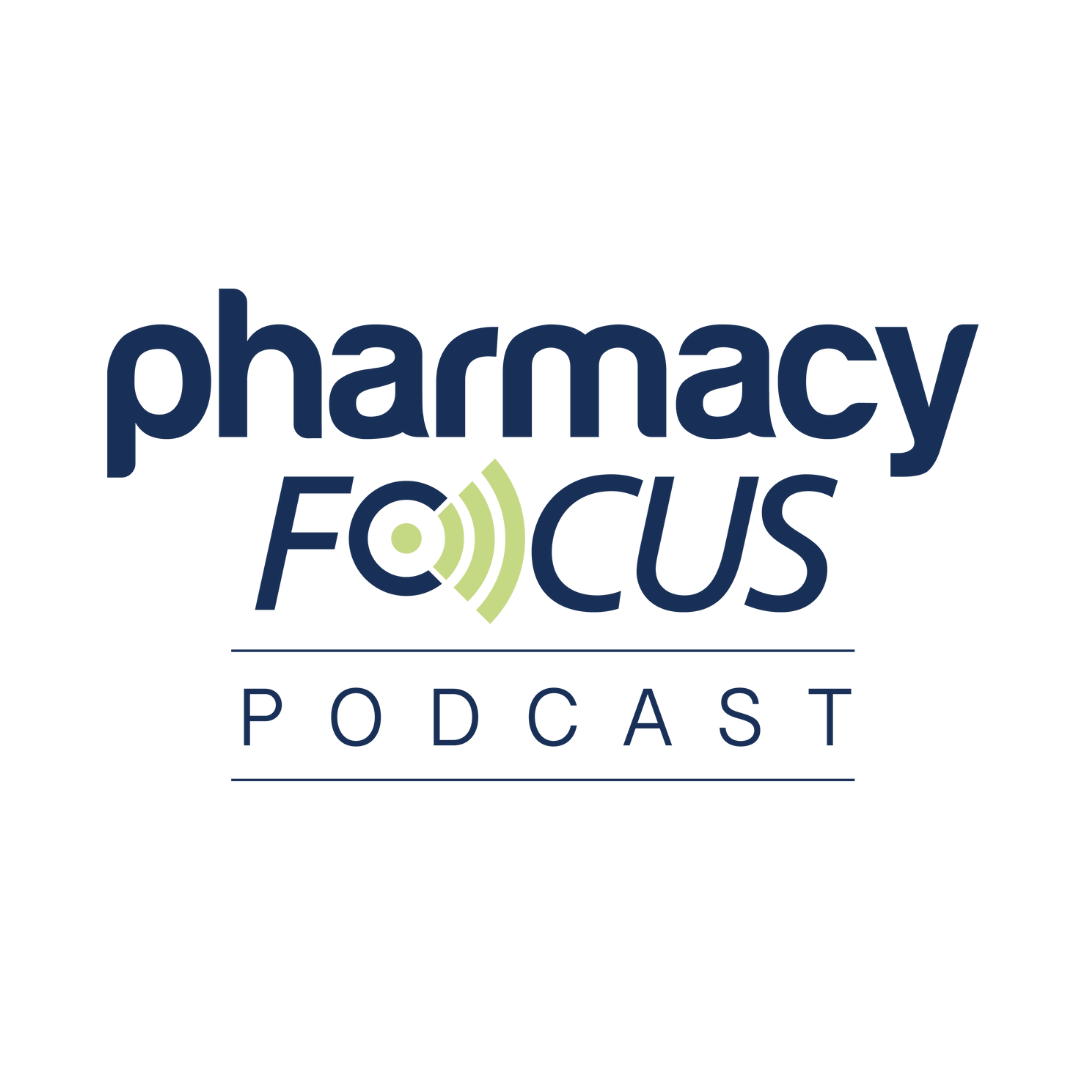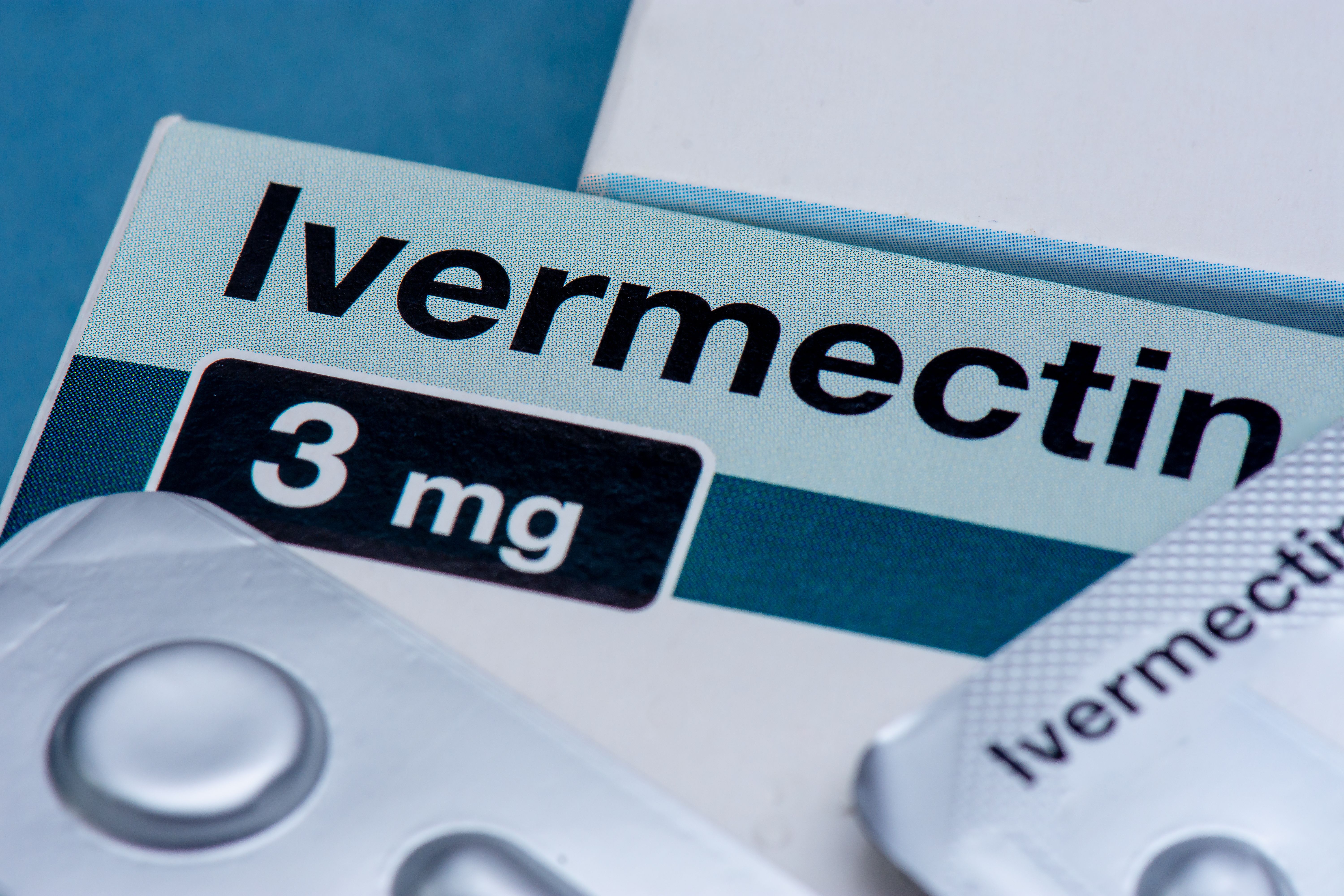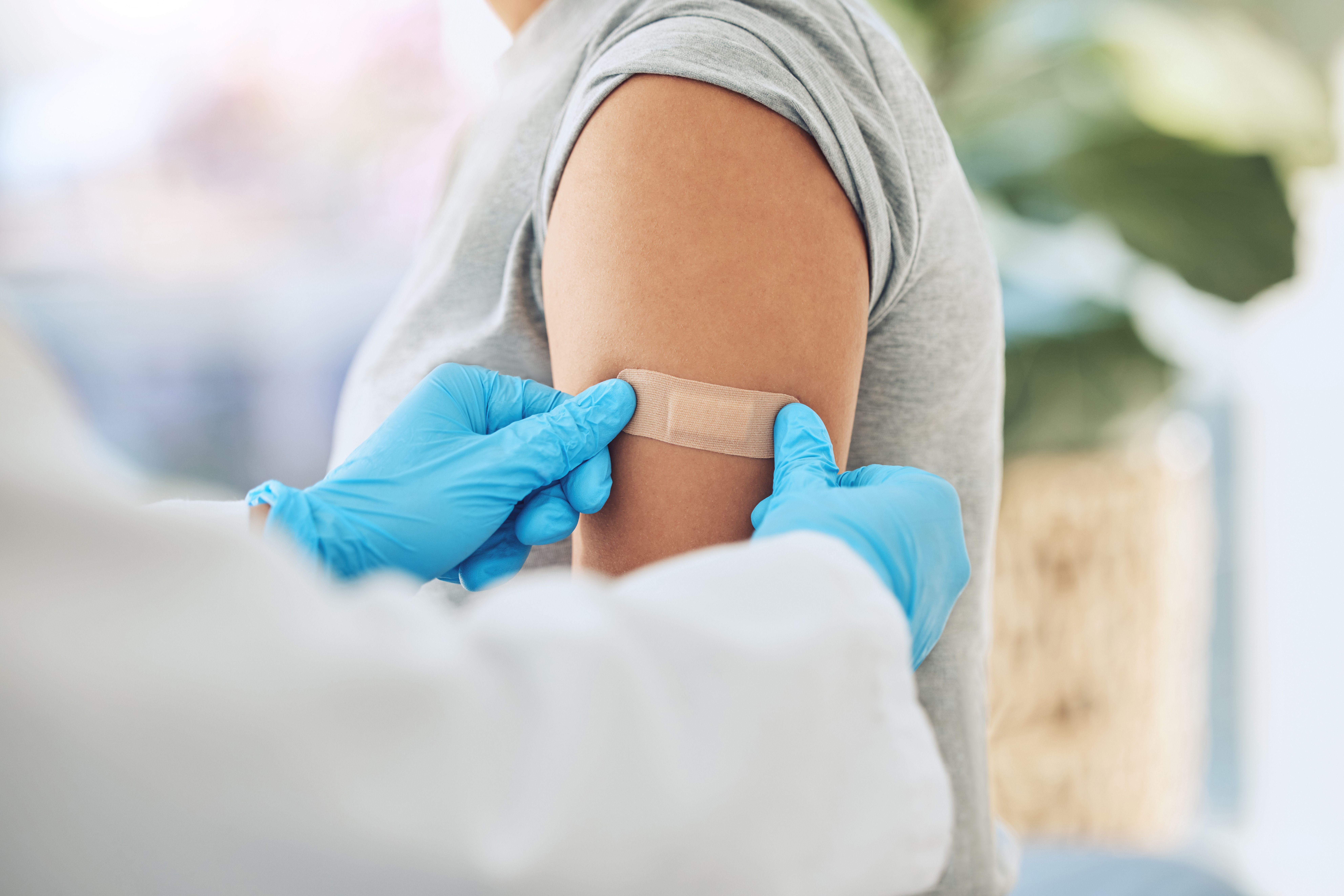
News
Article
APhA Foundation Drives Innovative Clinical Models at McKesson ideaShare 2025
Author(s):
Key Takeaways
- Pharmacists are reshaping patient care through initiatives in chronic disease prevention, acute care, and immunizations, supported by the APhA Foundation’s IMPACT Care Transformation Network.
- Cardiovascular health projects involve pharmacists conducting Afib screenings and EKG assessments using AliveCor technology, enhancing access and equitable care models.
- HPV vaccination programs and test-and-treat models for respiratory illnesses highlight pharmacists' expanding roles in preventive care and rapid response.
- The Medicare Diabetes Prevention Program (DPP) integrates community pharmacies, offering scalable, sustainable healthcare delivery and aligning with health equity goals.
Innovative pharmacist-led care models—from tech-enabled Afib screenings and HPV immunizations to Medicare-supported diabetes prevention—demonstrate how pharmacies are redefining their role in team-based clinical care.
At McKesson ideaShare 2025, Ben Bluml, executive director and senior vice president of Research and Development at the American Pharmacists Association (APhA) Foundation, reviewed a wide array of forward-looking initiatives demonstrating how pharmacists are reshaping patient care in chronic disease prevention, acute care, and immunizations.
Bluml spotlighted the APhA Foundation’s IMPACT Care Transformation Network, which is creating new pathways for pharmacists to be credentialed, compensated, and integrated into multidisciplinary health care teams.
Image credit: Dusan Petkovic | stock.adobe.com

Cardiovascular Health: Tech-Enabled Screening in Pharmacies
One major project is focused on cardiovascular health, in which pharmacists are conducting atrial fibrillation (Afib) screenings and EKG assessments using AliveCor’s AliveCare technology. The effort includes 40 pharmacies across 20 states, strategically aligned with Medicare contractor regions.1
As part of the program, patients undergo a stroke risk assessment followed by a 30-second EKG using the AliveCare device. Results are shared with the patient’s physician or cardiologist, with the pharmacy playing a central role in ongoing care management.
Bluml drew parallels to a similar continuous glucose monitoring program, positioning these innovations as tools to improve access and build more equitable care models.
Advancing Cancer Prevention Through HPV Vaccination
Another focus area is human papillomavirus (HPV) vaccination. Pharmacists are being paid for administering vaccination assessments and initiating patients on the vaccine series. This program, which will launch in the coming months, aims to reduce unmet needs in targeted populations and close longstanding gaps in vaccination rates.
Test and Treat: Rapid Response for Respiratory Illness
The APhA Foundation has also completed a test-and-treat project in which pharmacists evaluate patients with respiratory symptoms, perform molecular tests for influenza, COVID-19, or strep, and prescribe treatments when appropriate.
This model of care is poised for sponsorship. “In each of our projects, we’re committed to pharmacists actually being paid fairly for the services they’re delivering—and the outcomes that can be had if you get the pharmacist initiated into the team,” Bluml emphasized.1
Medicare Diabetes Prevention Program: Scalable and Sustainable
One of the most transformative opportunities discussed in the presentation is the integration of community pharmacies into the Medicare Diabetes Prevention Program (DPP)—a CDC-recognized lifestyle change program designed to help individuals with prediabetes prevent the progression to type 2 diabetes.
Unlike other reimbursement models that require legislative change, pharmacists can already be paid by the Centers for Medicare and Medicaid Services (CMS) for delivering DPP services under current policy.
Pharmacies have 2 routes to participation. They can independently pursue recognition by the CDC, a process that typically takes 18 to 24 months. Alternatively, pharmacies can join the APhA Foundation as a subsidiary site, which significantly streamlines implementation. The Foundation offers a turnkey model: as long as the pharmacist or pharmacy technician has completed the required training, they can begin enrolling patients into structured group classes and delivering the intervention.
The public health potential is massive. Globally, Bluml said 828 million people are living with diabetes, but more than twice that number are estimated to have prediabetes. “All of those people have an opportunity to receive these services,” Bluml said. In the US, Medicare beneficiaries qualify to receive these services for free through participating community pharmacies, removing one of the largest barriers to care.
In addition to the public health impact, the program offers tangible business incentives for pharmacies. Participating pharmacies receive session fees for each class as well as performance-based bonuses tied to participant weight loss and program retention. On average, Medicare beneficiaries participating in the DPP through pharmacies have achieved 5.1% weight loss, with a potential revenue of $602 per participant for the pharmacy.
Bluml positioned the DPP model as a prime example of how pharmacists can leverage their accessibility, trust, and clinical training to address chronic disease at scale. This initiative also aligns with broader health equity goals. By embedding DPP services in community pharmacies—especially those serving underserved or rural populations—the program helps close the gap in access to preventive care.
Streamlined Credentialing for Service Payment
To support broader adoption of these models, the Foundation has created a simplified credentialing pathway. Pharmacists can build a free profile with Pharmacy Profiles, join the IMPACT Care Transformation Network, and begin delivering team-based care that qualifies for reimbursement.
Bluml encouraged pharmacy teams to get involved in these efforts, and said announcements of new programs will be coming soon. Across each initiative the message was clear: pharmacists are ready to meet patients where they are—backed by data, technology, and a growing number of sustainable payment models.
REFERENCE
Bluml B. Transforming Care Through APhA Foundation Projects. Presented at: McKesson ideaShare 2025. Nashville, TN; July 11, 2025.
Newsletter
Stay informed on drug updates, treatment guidelines, and pharmacy practice trends—subscribe to Pharmacy Times for weekly clinical insights.
2 Commerce Drive
Cranbury, NJ 08512
All rights reserved.




